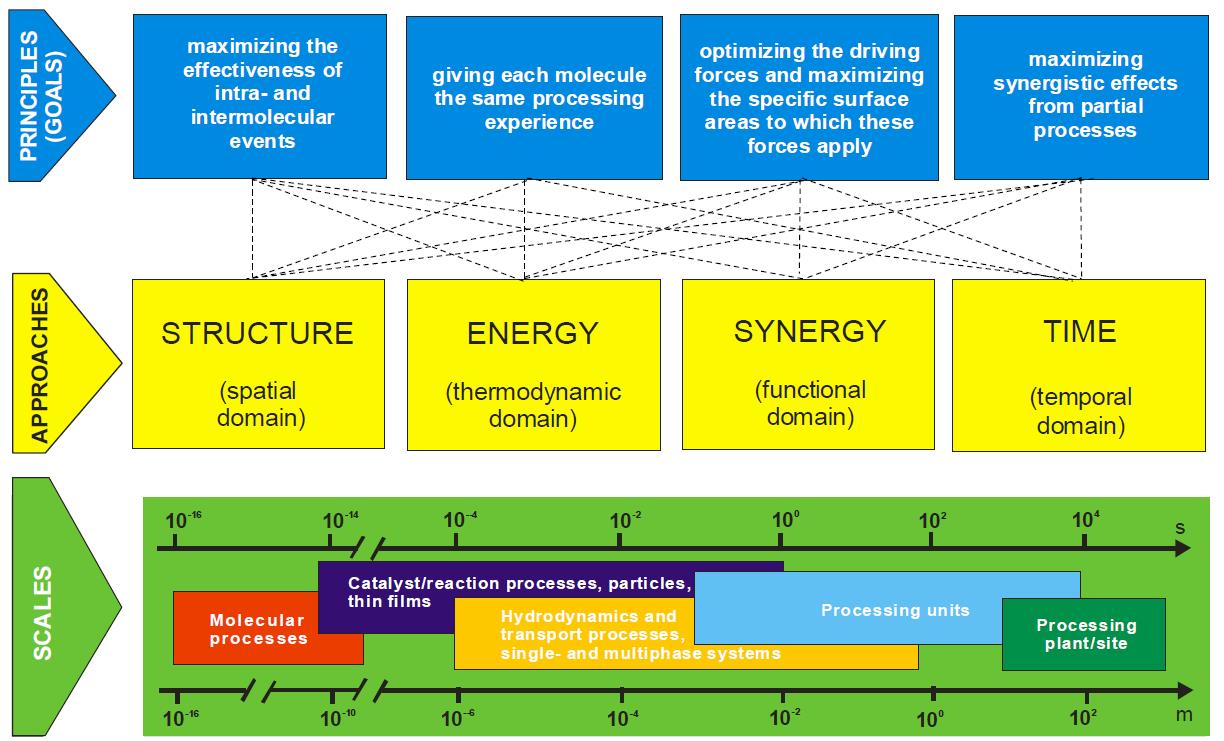About INSPIRE
INSPIRE
Intensified Flow Separator Infrastructure and Expertise Network
INSPIRE is a network of infrastructure, so it offers access to infrastructure and expertise for the separation of high-value metals via process intensification techniques. The network consists of 7 partners from both Academia and Industry which bring in their infrastructure and expertise and make it accessible via a single point of contact.
Objective
The INSPIRE network brings infrastructure & expertise together on innovative and breakthrough Process Intensification technologies for continuous separation of high-value metals. These process intensification technologies strive to maximize the transfer of mass, momentum, and heat and hence drastically increase separation efficiencies. The network aims at identifying the promising intensification technologies for the particular aim of separating and purifying metal ions, metal oxides and metal salts from liquid mixtures. In this project, we focus on high-value metals.
The solution (technology)
The infrastructure consists of structured flow systems, possibly actuated with non-contact energy forms such as light, ultrasound, microwaves, electrical fields, etc. These systems are used for intensifying separation processes in the fields of crystallization, precipitation, chromatographic separation, reactive extraction and membrane separation.
ZeroWaste cluster
INSPIRE is a member of the ZeroWaste cluster, a cluster of several networks of infrastructure working on the topic of waste recovery & valorisation. This cluster contains infrastructure on separation, pre-treatment, metal extraction & recovery matrix valorisation and expertise in sustainability assessment.
What is Process Intensification?
The goal of Process intensification is to develop innovative methods and technologies that would drastically (factor 4 – 20) increase the efficiency of chemical and biochemical processes. The idea behind Process Intensification (PI) is the development of new concepts of process steps and equipment which allow full exploitation of the intrinsic chemical process kinetics. The effectiveness of the PI strategy depends upon identifying technologies which dramatically accelerate the transfer of heat, mass or momentum within processes or operations [1]. In order to achieve this, high fluid dynamic intensities may be used to minimize the concentration, temperature and velocity differentials in transferring mass, heat and momentum. As a result, higher conversions and selectivity are achieved and hence the production of side-products is minimized. Furthermore, high-quality products can be obtained which avoid extensive downstream purification sequences and have therefore clear economic and environmental benefits [1].
Differences between Process Optimization, Process systems Engineering and Process Intensification [2]
Process Intensification (PI) focusses on the development of new concepts of process steps and equipment, while process optimization (PO) aims at performance improvement of existing concepts. Process Systems Engineering (PSE), is in between both and integrates both existing and new concepts on multiple scales. PI focusses on experiments, phenomenon and interphases while PO and PSE focusses rather than on models or numerical methods. PI also integrates several disciplines like chemistry, physics, mechanical engineering, material science and electronics while the other two disciplines have low to modes interdisciplinarity.

Fundamentals of Process Intensification [2]

4 generic principles for Process Intensification can be distinguished:
- Maximize the Effectiveness of Intra-and Intermolecular Events. This principle is primarily about changing the inherent kinetics of a chemical process. It will look at engineering methods for improving the number/frequency of collisions of molecules and electrons, the geometry of their approach, mutual orientation of molecules in the moment of collisions and their energy.
- Give each molecule the same processing experience. Molecules which undergo all the same history result in uniform products with minimum waste. The focus will be on minimizing the macroscopic residence time distribution, avoiding dead zones as well as temperature gradients and optimizing meso- and micromixing.
- Optimize the driving forces at every scale and maximize the specific surface area to which these forces apply. This principle is related to maximizing the transport rates across interfaces which can be achieved by maximizing specific surface areas, concentration differences etc.
- Maximize the synergistic effects from partial processes. Synergistic effects should be used at all possible scales. Most commonly such optimizations occur by introducing multifunctionality on the macroscale.
Success stories:
Process Intensification has been applied successfully in several chemical processes, mostly in organic chemistry. Energy, CapEX and OpEx savings of 20-80% and increases in selectivity and yield up to 10 times are reported in literature [3]. In addition, significant increases in process safety are reported due to significant smaller (10-1000 times) reactor volumes and inventories of chemicals. There is, however, no reason why these advantages would only apply to organic chemistry and not for inorganic processes. Some examples of succesfull applications of PI technologies can be found in the download section.
References:
[1] D. Reay, C. Ramshaw, A. Harvey, Process Intensification: Engineering for efficiency, sustainability and flexibility, Butterworth-Heinemann, 2013.
[2] T. Van Gerven, A. Stankiewicz, Structure, Energy, Synergy, Time—The Fundamentals of Process Intensification, Ind. Eng. Chem. Res. 48 (2009) 2465–2474. doi:10.1021/ie801501y.
[3] 2006 study by SenterNovem, Dutch Energy and Environmental Agency
Reach Us
KU Leuven
Department of Chemical Engineering
Process Engineering for Sustainable Systems (ProcESS)
Celestijnenlaan 200F, PO box 2424
B-3001 Heverlee (Leuven), Belgium
+32 16 32 06 86
Follow the ZeroWaste Cluster
